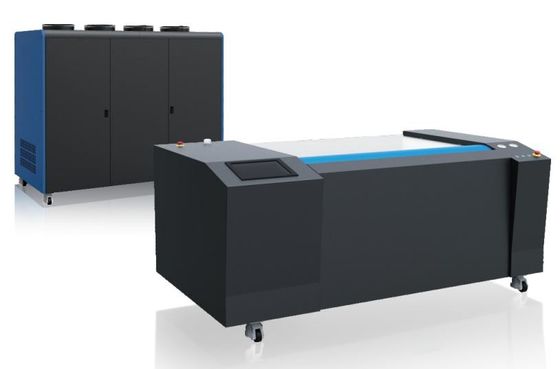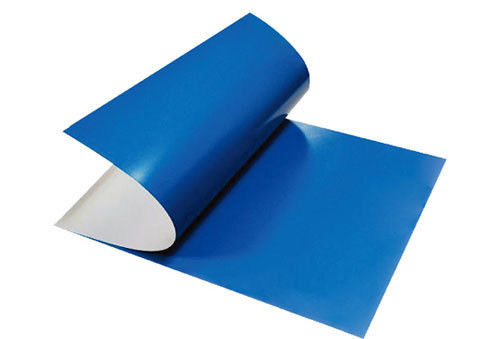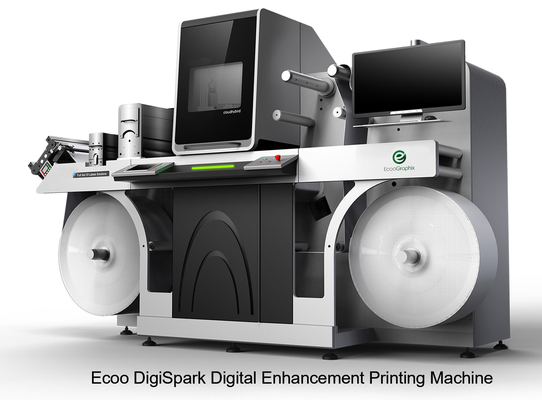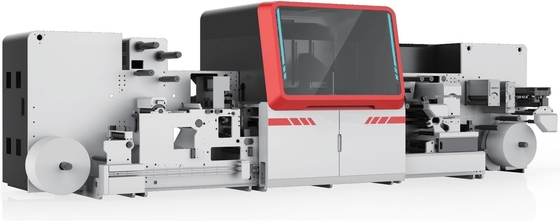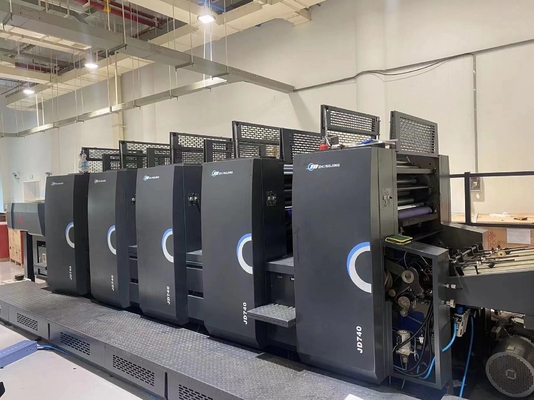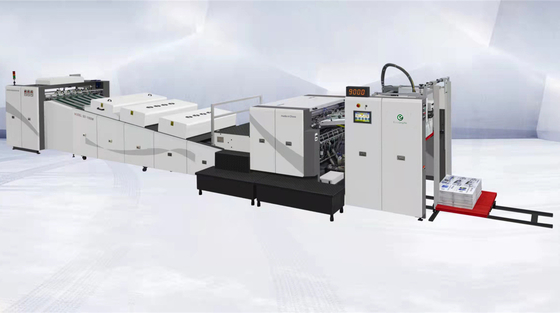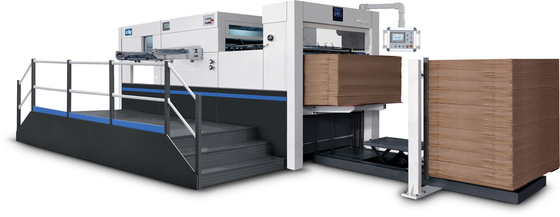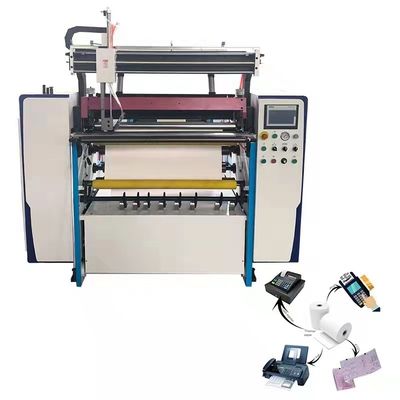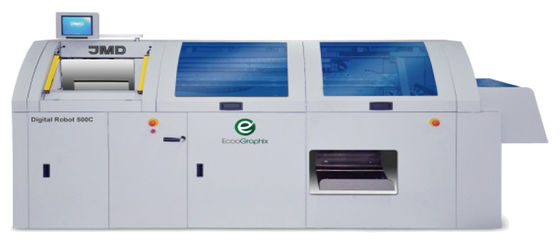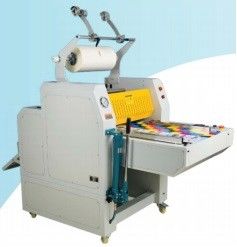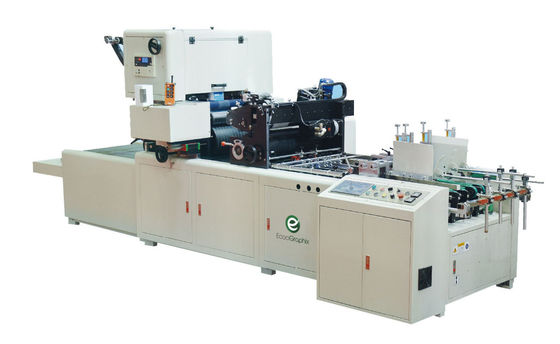Flexo CTP Plate Making Process
Traditional flexographic plate making process
The traditional flexographic plate making process is very cumbersome. It requires a series of steps such as making negative images, plate preparation, back exposure, front exposure, washing and development, drying, detackification, post-exposure, and plate inspection. It takes a lot of time. A lot of cost and time, and the process is cumbersome, the degree of automation is low, and it is easy to cause some plate making failures due to human negligence.
1.2 Flexible plate computer direct plate making technology
Flexographic computer direct plate making technology is mainly divided into direct engraving and indirect engraving.
1.2.1 Laser engraving indirect plate making
The representative of indirect engraving technology is CDI (Cyrel Digital Imager) computer laser direct plate making technology jointly developed by Esko and DuPont. This technology uses a laser engraving machine to ablate the black film compounded on the photosensitive resin plate, and then uses traditional equipment such as an exposure machine and a plate washer to complete the plate making. Indirect plate-making technology actually only turns the film into a black coating on the surface of the printing plate. Other plate-making processes are not much different from traditional plate-making technology. It is a compromise method limited by technical conditions, but it has also been greatly simplified. The plate making process saves time and cost.
1.2.2 Laser engraving direct plate making
Direct engraving means that the engraving machine uses a high-energy laser to directly ablate a certain thickness of the non-image and text parts of the printing plate, forming raised dots on the image and text parts. This eliminates the need for exposure, plate washing and drying processes. In the past, limited by factors such as output speed, price of high-energy laser equipment, laser life, output resolution, printing quality, and compatibility with traditional equipment, indirect engraving was the mainstream technology for direct flexographic plate making in the world. Its market share once exceeded 90%. With the rapid changes in science and technology, the emergence of laser technology, new materials and new processes, and with the advancement of laser engraving technology in recent years, especially the improvement of pixel size, engraving speed and plate materials, the quality and level of direct laser engraving plate making has been significantly improved. The world's most advanced laser engraving and plate making machine manufacturers have also invested heavily in research and development and promotion. Coupled with the continuous development of computer-direct sleeve printing systems, it is believed that laser engraving technology will become the mainstream plate making technology for flexographic printing in the near future.
2. Main process of laser engraving direct plate making
2.1 Principle of flexo plate making
There are two different mechanisms of instant vaporization and combustion for engraving on flexible plates with very low thermal conductivity. The principle is to shoot a focused laser beam towards the printing plate, melt or vaporize the specified range of the printing plate, and remove unnecessary parts of the plate through suction and cleaning to produce a convex and concave image .
2.2 Plate making process
First, use a computer to create the graphics, images, text, etc. to be engraved. Then special computer imaging software will convert the graphic information of the original into executable relevant parameter data such as depth, size and shape for modulation of the laser beam. The control system then controls the movement of the laser beam according to the command. The laser acts on the surface of the material and uses the power of the laser to ablate graphic information into dots. After the ablation, the dot residues are processed by a special device.
3 Main components of laser engraving direct plate making system
Like most CTP systems, flexo printing is mainly composed of three major components: computer system, imaging system and plate supply system.
become.
3.1 Computer system
The role of the computer system ranks first among the three major components because it affects the entire work process and
and the quality of the final printing plate. The computer system usually consists of an image digitization system, an image page description language, a raster image processing system, a data storage system and a control system. It can complete the editing and typesetting of images, and save the arranged layout in the format of the page description language. , for the output of the imaging system.
3.2 Imaging system
The function of the imaging system is to receive the page description information sent from the computer system, interpret it through RIP, and generate instructions to control the action of the imaging head (laser), expose the printing plate, and complete the production of the printing plate. There are two methods: inner roller exposure and outer roller exposure. In the inner-cylinder digital flexo plate-making machine, the plate remains on the inside of the cylinder during the exposure process; in the outer-cylinder digital flexo plate-making machine, the plate remains on the cylinder during the exposure process.
3.3 Flexo CTP Plate supply system
The function of the plate supply system is mainly used to store flexible plates and complete the transportation, positioning and cutting of flexographic plates during plate making. Digital flexo plate-to-plate making machine in terms of exposure method
4Equipment and material selection
4.1 Laser selection
The laser engraving system mainly uses high-power laser to remove materials in the non-image and text areas of the rubber or polymer printing plate to create images. The power required by the laser used in this type of flexographic CTP system is much greater than that required by the CDI system, and a CO2 gas laser with a power of 250W is generally used .
Laser engraving flexographic plate CTP system
Under the control of the computer system, the laser beam acts directly on the rubber flexographic plate. The high-energy CO2 laser beam can directly remove the rubber on the non-inked blank part of the flexographic plate like a carving knife, thereby completing the production of the flexographic plate.
5 Advantages of laser direct engraving of flexo printing plates
(1) There is no need to dry and rinse, which saves a lot of money and reduces costs.
(2) Save plate making time
(3) The engraving quality is stable and easy to control, and there will be no printing plate expansion without plate washing.
(4) Eliminating a large amount of auxiliary equipment and reducing investment
(5) The engraving dots are sharper and steeper than traditional dots, and the dots are round. High contrast and small dot increase rate.
(6) The entire work process is fully digitalized, and the industrial process is greatly simplified. Quality control is also easier to achieve


 Your message must be between 20-3,000 characters!
Your message must be between 20-3,000 characters! Please check your E-mail!
Please check your E-mail!  Your message must be between 20-3,000 characters!
Your message must be between 20-3,000 characters! Please check your E-mail!
Please check your E-mail! 
